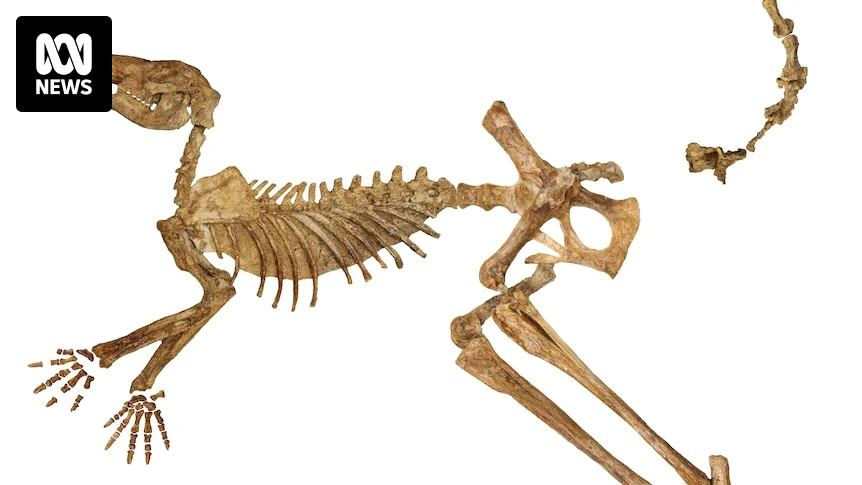Rediscovering Giants: Australia’s Lost Kangaroos
The Giants of Yore: Unveiling New Species
Imagine kangaroos so large, they dwarf the biggest marsupials hopping across Australia today. Researchers at Flinders University have turned this fantasy into reality with the discovery of three new species of extinct giant kangaroos, roaming the outback from 5 million to 40,000 years ago. These were not your average joeys; the largest, Protemnodon viator, tipped the scales at a whopping 170 kilograms—nearly double the size of today’s red kangaroo!
The discoveries, detailed in a groundbreaking study, introduce us to not only Protemnodon viator but also Protemnodon mamkurra and Protemnodon dawsonae. Each species offers a unique glimpse into the diverse ecological niches these mega-marsupials once dominated. The study’s findings challenge previous notions about their mobility, suggesting varied locomotion strategies across different species, from bounding to full-on hopping.
Mysteries of Extinction: Why Did They Disappear?
The disappearance of these colossal creatures has puzzled scientists for decades. Unlike their smaller cousins who survived into modern times, these giant kangaroos vanished around 40,000 years ago. While no clear evidence points to human hunting or major climatic events as definitive causes, the timing coincides suspiciously with human arrival in Australia. Could these gentle giants have been overwhelmed by rapid environmental changes or human expansion?
Conservation Lessons: Learning from the Past
Understanding why these megafauna went extinct is crucial for modern conservation efforts. Studying their history helps us grasp the impact of environmental changes and human activities on Australia’s unique biodiversity. As we delve deeper into their world, these ancient kangaroos not only captivate our imagination but also teach us valuable lessons about resilience and adaptation in the face of change.
The journey through Australia’s prehistoric landscapes continues as these findings add rich details to the continent’s paleontological tapestry. Who knows what other secrets lie buried in the ancient soil, waiting to leap out and expand our understanding of the natural world?






